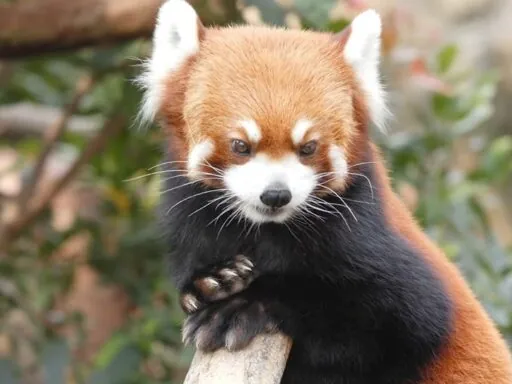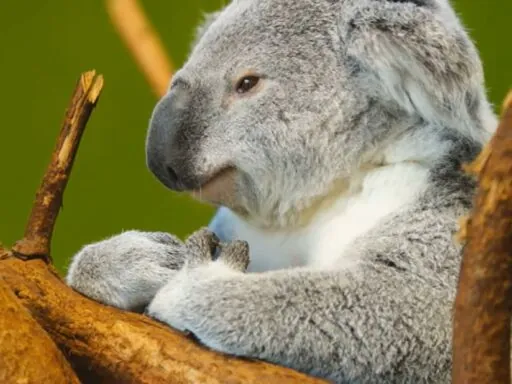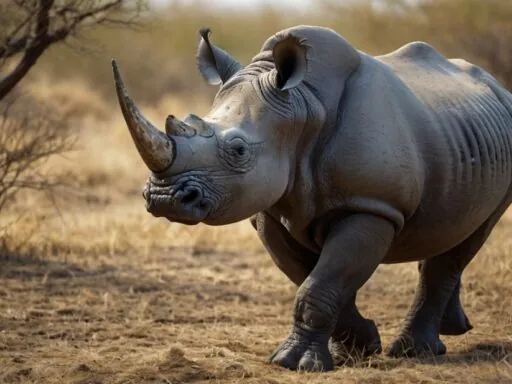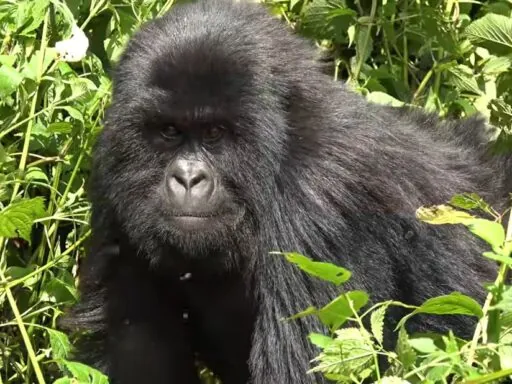Did you know that sloths, the slow-moving inhabitants of Central and South America’s rainforests, hold secrets that defy their sluggish reputation? These fascinating creatures are not just about slow motion and perpetual smiles. From their extraordinary jumping ability, swimming prowess, and unique digestive system to their ancient giant relatives and intricate fur ecosystems, sloths are a bundle of surprising facts. Join us as we uncover the top 10 most interesting facts about sloths, revealing why sloths are among nature’s most intriguing and resilient species.
Classification and Diversity
There are two main groups of sloths, identified by the number of long, curved claws on their forelimbs. Two-toed sloths (Choloepus spp.) have two claws on their front limbs and are slightly larger than their three-toed counterparts (Bradypus spp.), which have three claws on all four limbs. These groups fall under different taxonomic families and include six species found primarily in the tropical rainforests of Central and South America:
Currently, four species are listed as least concern on the IUCN Red List, while the maned three-toed sloth is vulnerable and the pygmy three-toed sloth is critically endangered.
Diet and Digestion
Sloths are primarily folivores, consuming leaves, fruits, and tree sap. Their multi-chambered stomachs efficiently digest tough, fibrous leaves, but this slow process is linked to their low metabolism. Sloths eat little food per day as digestion can take days or weeks, with their stomachs often accounting for up to 37% of their body mass.
Arboreal Lifestyle
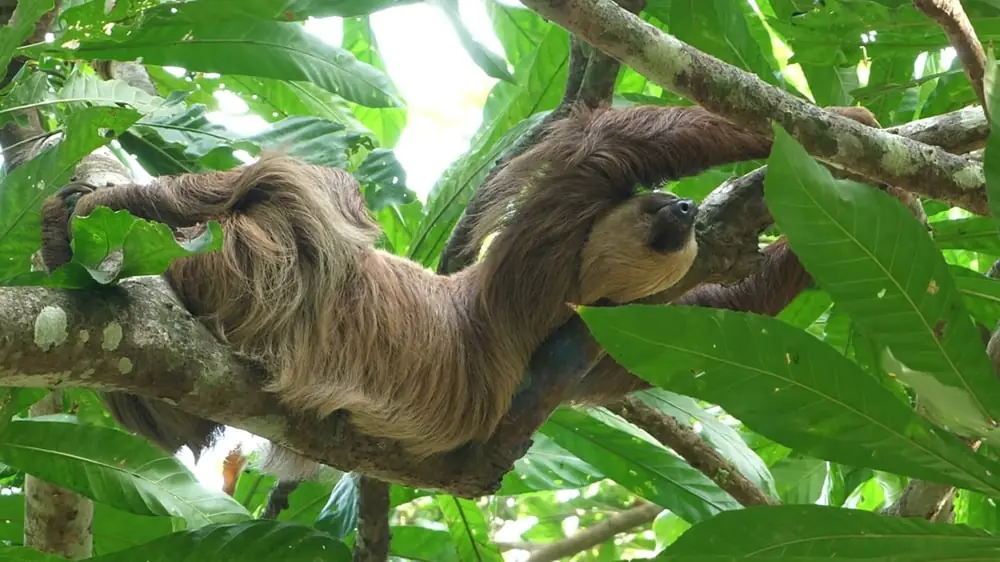
Modern sloths are arboreal mammals, spending most of their lives hanging in trees. They eat, sleep, rest, mate, and give birth while suspended from branches, using their long, curved claws for movement. Occasionally, sloths descend to the ground, but only for specific activities.
Unique Defecation Habits
Sloths defecate about once a week, making a slow journey to the base of their tree to do so, rather than defecating from the canopy. This behavior, though seemingly inconvenient, is part of their meticulous hygiene practices.
Swimming Ability
One of the sloth fun facts is about their swimming ability. Despite their clumsy terrestrial movement, sloths are surprisingly adept swimmers. They can cover large distances in water, especially when searching for mates or new territory, using their strong front limbs to propel themselves efficiently.
Survival Strategy
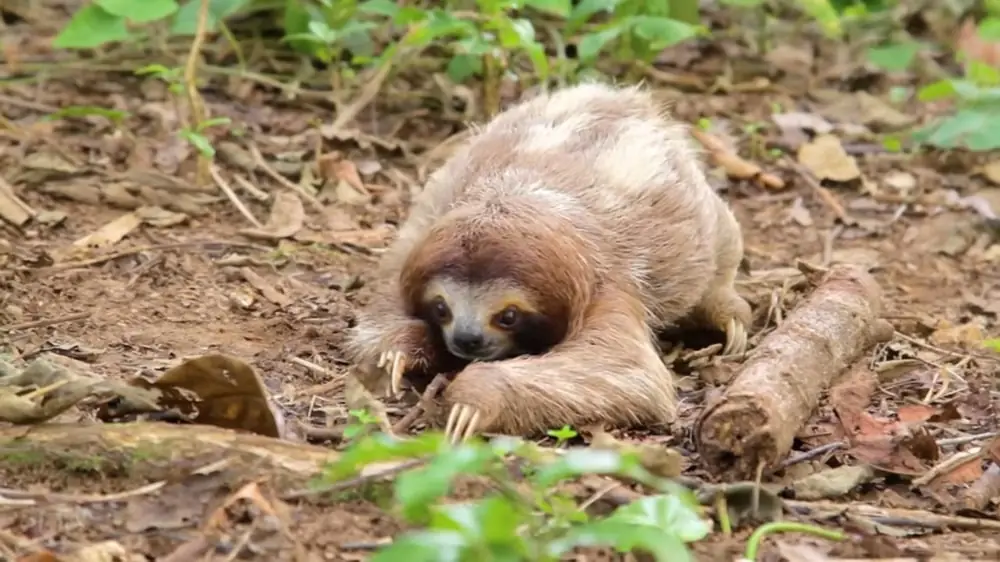
The sloth’s slow-paced lifestyle is a survival strategy, conserving energy to compensate for their low-calorie, leaf-based diet. This strategy has allowed sloths to survive for over 65 million years, showcasing the effectiveness of their energy-efficient way of life. This’s one of the interesting facts about sloths that make me stunned for a while.
Ancient Relatives
The sloth’s family tree includes giant ancestors like the elephant-sized Megatherium and pony-sized Megalonyx. These ground sloths, which lived in Central and South America around 10,000 years ago, were well-adapted to various environments.
Microcosmic Fur Ecosystem
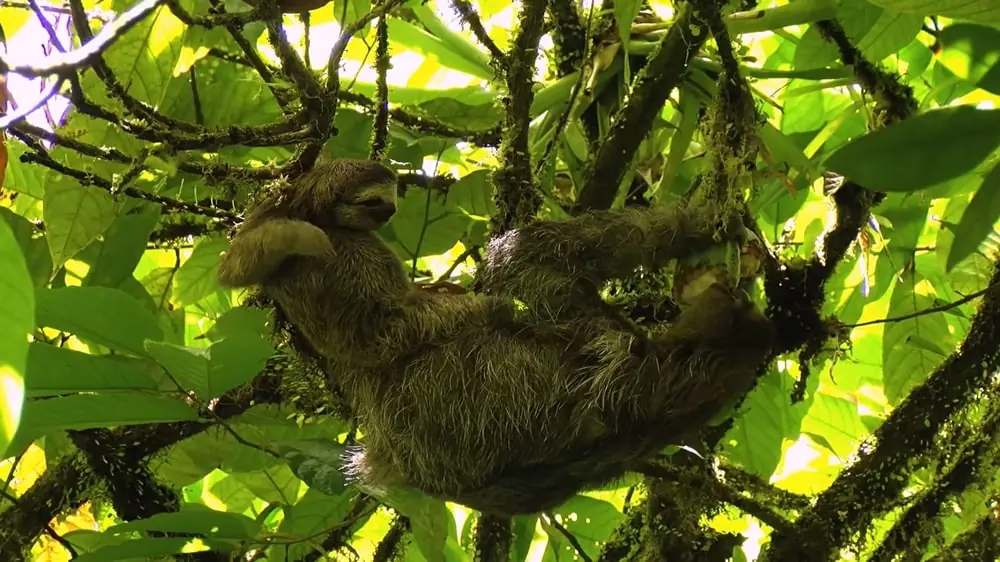
Sloth fur hosts a diverse micro-ecosystem of microbes, insects, fungi, and algae – one of the amazing sloth facts. Some moth species rely on sloths for their lifecycle, laying eggs in sloth dung. Additionally, sloths have a symbiotic relationship with green algae, which helps camouflage them from predators.
Sloth Lifespan
The average lifespan of two-toed sloths is up to 20 years – one of the striking sloth facts for kids. However, in captivity, sloths can live much longer, with one Hoffman’s two-toed sloth reaching 43 years. This longevity is difficult to estimate accurately in the wild due to limited studies.
Threats and Conservation
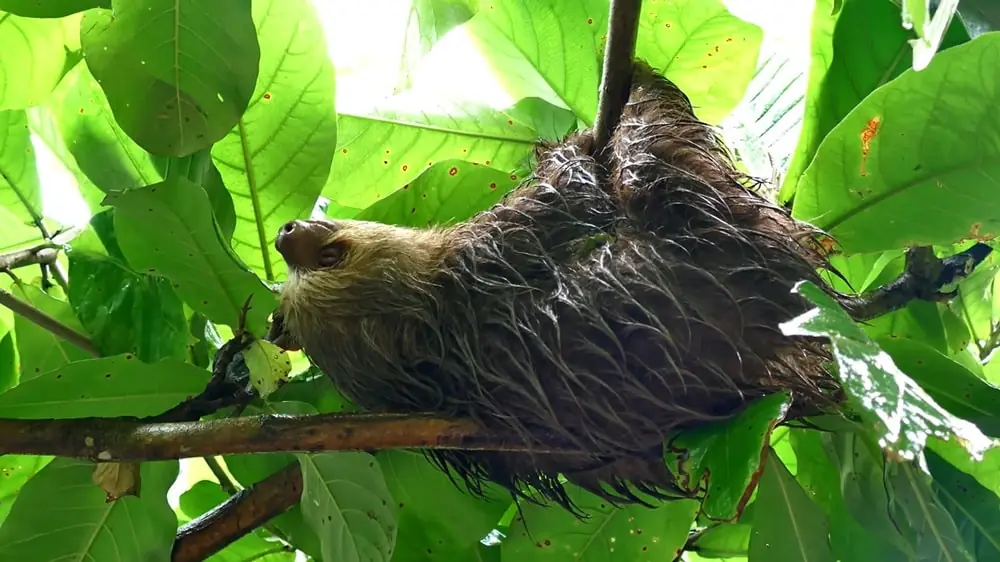
Another interesting facts about sloths is related to their conservation status. While most sloth species are currently listed as least concern, they face threats from deforestation, habitat fragmentation, and the illegal wildlife trade. Conservation efforts are crucial to protect sloths, particularly in regions like Colombia and Brazil, where habitat loss is significant.
